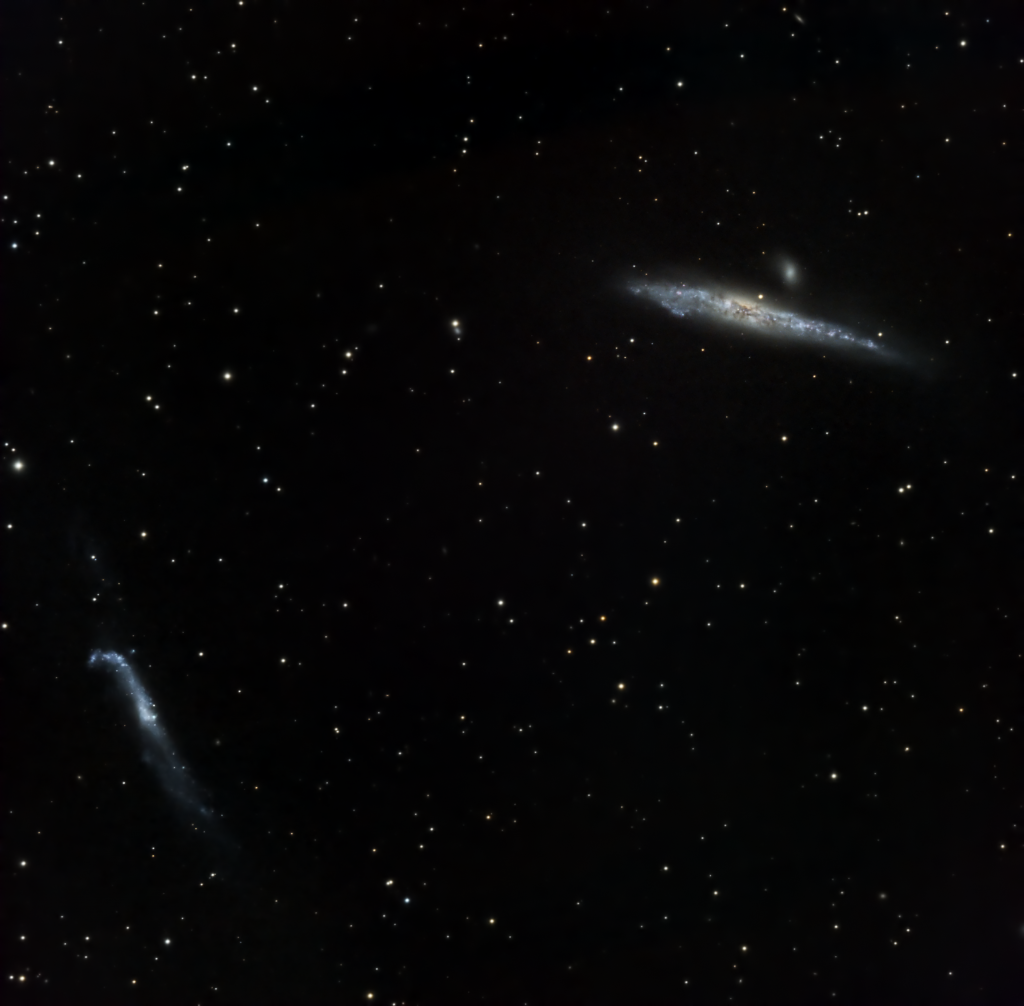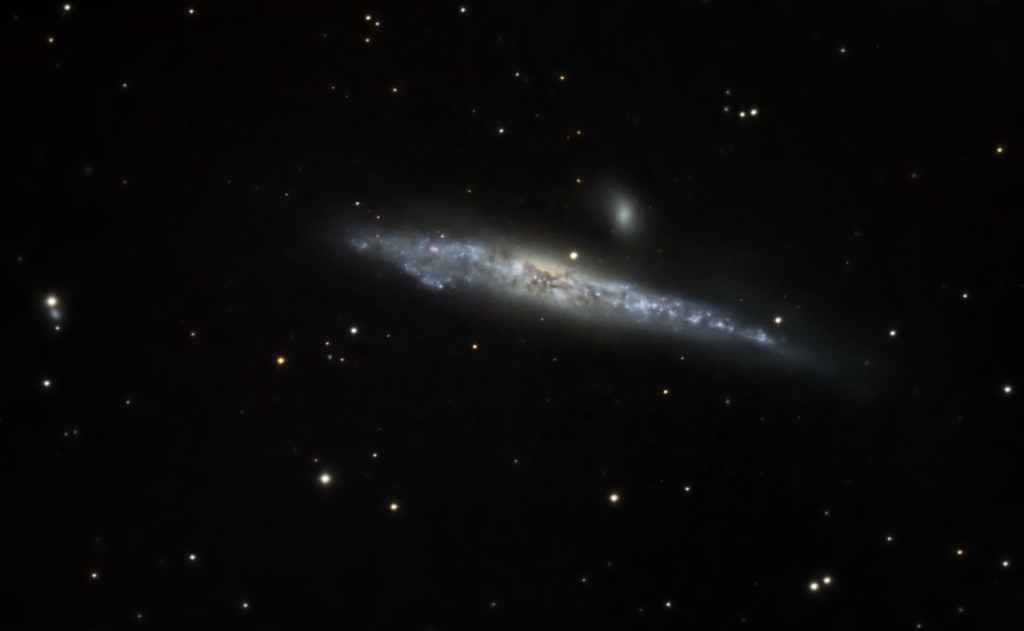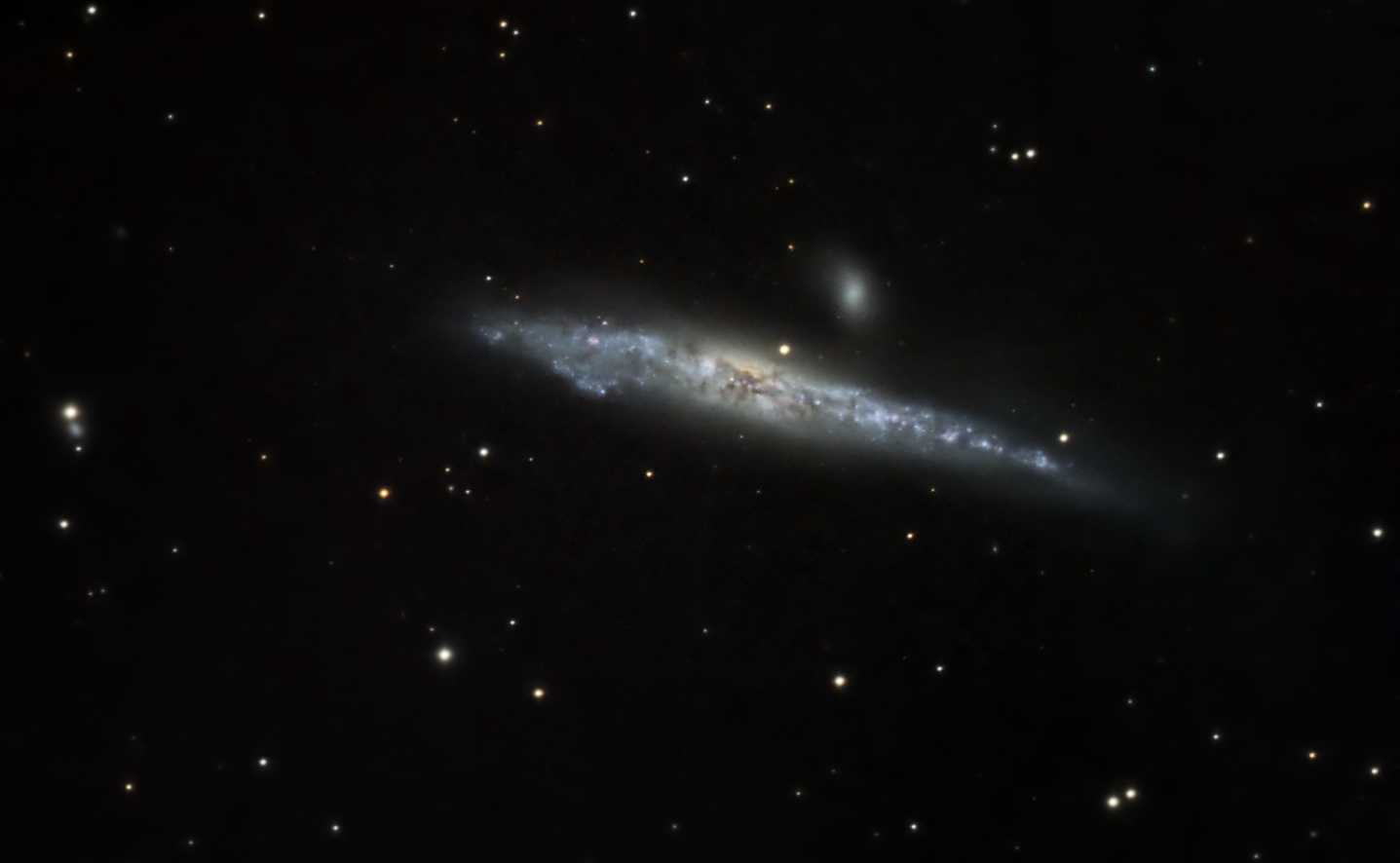
Similar Posts
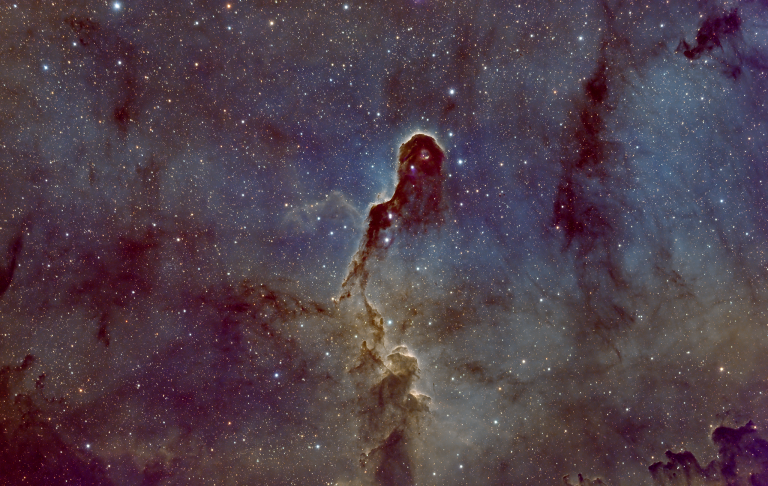
The Elephant’s Trunk
Located about 2,400 light-years away in the constellation Cepheus, the “Elephant’s Trunk Nebula” has a distinct “Pillars of Creation” vibe when viewed as a long-exposure, narrowband image in the style of Hubble. Like the “Pillars of Creation” (the Eagle Nebula,) the Elephant’s Trunk is also an area of star formation, containing some young, newly-formed stars….
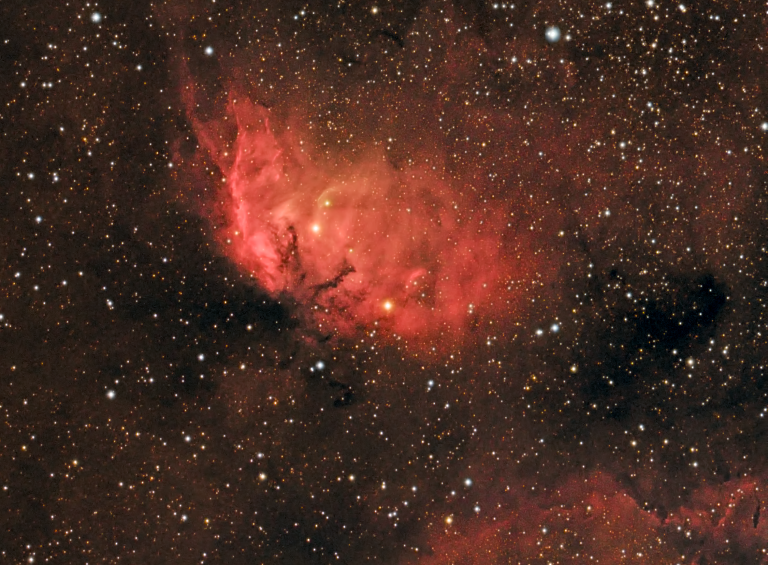
A Tulip and a Supernova
In these short summer nights, I want to take advantage of every moment of darkness. Right now, the galaxy M100 is up in the hours before midnight, and the “Tulip Nebula” – formally SH2-101 – rises just as M100 sets. So for this past week, I’ve been imaging both objects. But no more clear skies…
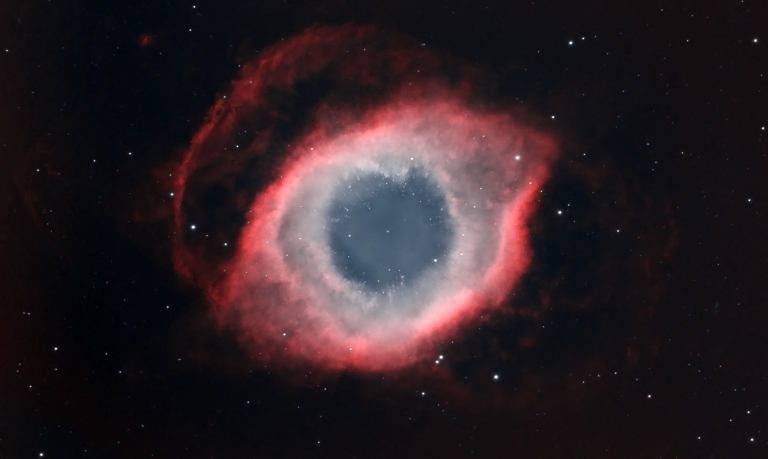
The Eye of Sauron, revisited
This is the Helix Nebula, sometimes also called the “Eye of God” or the “Eye of Sauron”. It’s a planetary nebula, formed by a star blowing off its outer layers of gas before collapsing into the white dwarf you can see at its center. This is thought to be the ultimate fate of our own…
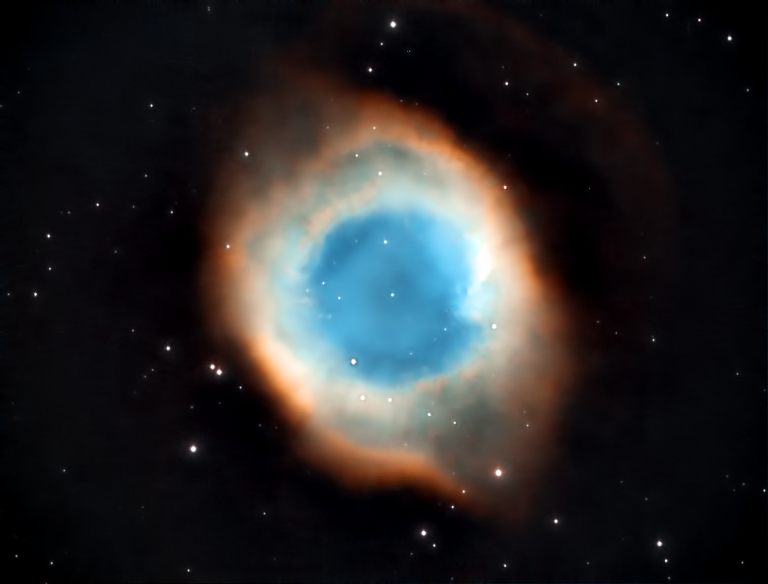
The Eye of Sauron
The Helix Nebula is also known as the Eye of Sauron or the Eye of God.
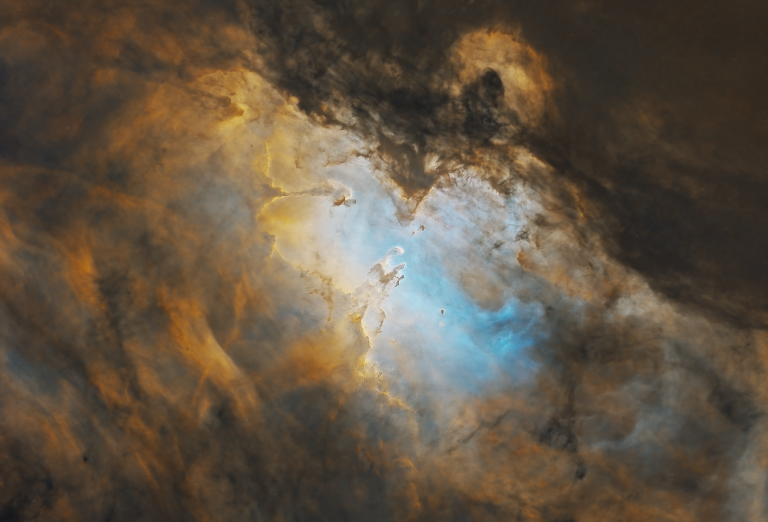
The Eagle Nebula – sans stars
This image was something of a happy accident – I spent a night capturing narrowband data on M16, the Eagle Nebula (home of the famous “pillars of creation”.) Of course I had to try reproducing the iconic Hubble image as best I could, but the color palette they use results in big, ugly, magenta-colored stars….
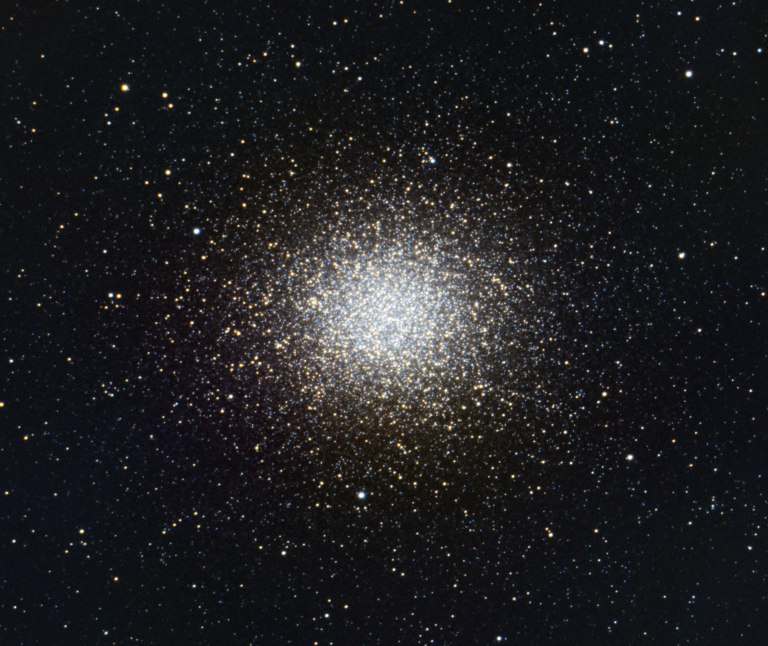
Omega Centauri – the biggest globular cluster, or is it something else?
This object was a real challenge to image. From central Florida, it only rises 13 degrees above the horizon, deep within the light-polluted murk of my Southern sky. Omega Centauri is a Southern hemisphere object, so capturing it from the Northern hemisphere requires effort. It’s worth it though – this is one of the most…

